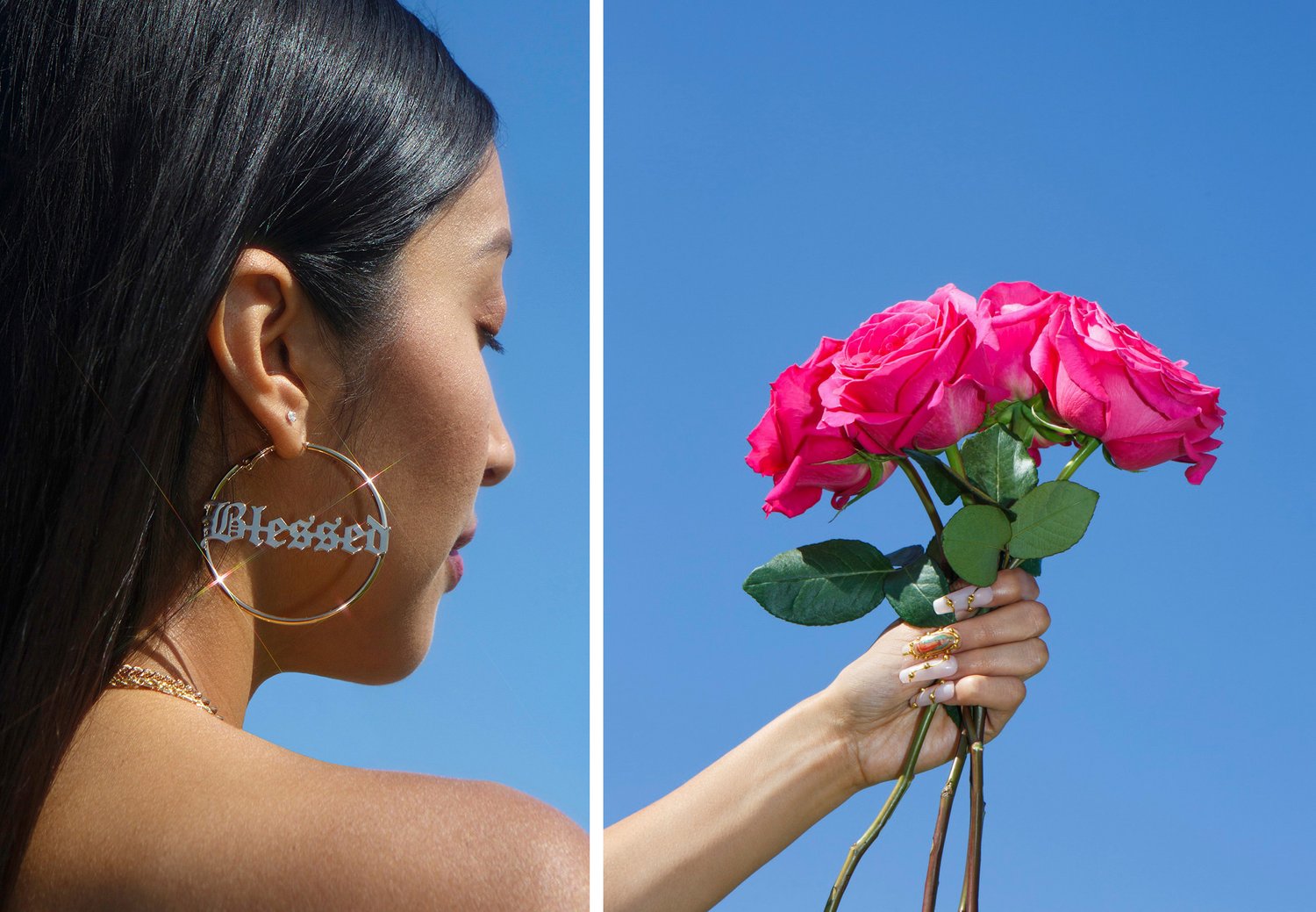
WTF, NFT? How The Business Model People Love to Hate is Putting More Money in Photographers Pockets Than Ever Imagined — Humble Arts Foundation
At the forefront of NFT photo sales is Quantum Art, a platform led by Kris Graves, Jonas Lamis, and founder Justin Aversano (with curatorial leadership from Humble’s Roula Seikaly) who are on a mission to put money in the hands of artists who have too often seen their work used for “exposure” rather than money in their pockets.
I spoke with Kris Graves over Zoom to learn more about Quantum Art, the mystery behind NFTs, and how to harness this new product to help artists everywhere.
Feinstein: Do you see the relationships that you as a “broker” have with artists and that other NFT platforms have as having a level of exclusivity the way a traditional gallery might? Or is it pretty much because it’s breaking down those rules? Anyone can do anything anywhere? As far as an artist without worrying about keeping a commitment to a specific gallery or platform? Is the idea of exclusive representation kind of eliminated with it?
Graves: Artists can become their own representatives. They can work through their galleries – there’s artists and we are working with galleries to onboard their artists, in a way. So it works both ways. I think it works any way you want it to work, there are no rules beyond the smart contracts the artists develop.
Kris: The real illusion is that you can sell prints for enough money to live off of your artwork. I went to school to be a photographer, yet it’s almost impossible to make a living solely from selling work. Was the education a farce? Prints are the illusion. They exist in museum basements or on private walls, at best. They exist on gallery walls for a month; seen by hundreds. On the internet, your images can be seen by billions of people, if you’re fortunate, and with NFTs, instead of just getting the views and “exposure” for these digital files, you can make a living.
Also important to think about: How many 30-year-olds will be able to own houses, and how many of those people will be able to ever afford a photographer’s work? This makes everything more accessible.
I started in February 2021 and Justin Aversano, my business partner, also started in February. We thought that we’d be the first of many that came onto the chain. It’s very difficult for us to even talk to our photographer peers, because no one wants to hear it, or they just don’t want to do any research.
Feinstein: Can you talk a little bit about how and why Quantum started, how you got involved?
Graves: The story behind Quantum is: Justin Aversano had a really good year in the NFT world. He’s built huge communities, and has been able to get his communities to support him through a lot of growth. He started with $1,000 images in February and now he sold one at Christie’s a few months back for $1.1 million. And he wanted to give his following something, a community to stick. So he start this company named Quantum. He asked me to be the curator so that was really really great of him. I really appreciate how he trusted me in that way.
Feinstein: Awesome.
Graves: We were working with the development team out of the UK and other parts of Europe run by a dude named Alex Shadow. And we have Jonas who, who is incredible at putting people together and organizing everybody. So, we have some good people on our team, which is a pleasure. And you obviously know Roula, who is doing an amazing job curating and bringing in new artists.
Feinstein: And what’s the long term mission?
Graves: Bringing diversity to the blockchain. Like most other spaces, it’s very white. It’s important for us to be diverse. It’s important for us to show work that has some sort of cultural significance. I think that that’s big on our list; that we would rather work with people that are trying to work with culture, in any sense.
I’m not so interested in just basic big landscape photographs – pictures that don’t mean anything to most people that are just beautiful. We’re not a decorative platform. And as long as I’m there, we won’t be a decorative platform.
(But I also am part owner in the business, I’ll always be there.)
This content was originally published here.


